How to Grow Olives in Olive Tree Zone 7: A Complete Olive Tree Hardiness Zone Guide
Growing an olive tree outside classic Mediterranean climates is completely possible—especially if you understand olive tree hardiness zones, choose the right varieties, and create the warmest microclimates in your yard.
If you're curious how to grow an olive tree in Zone 7, this guide breaks down everything you need to know to help olive trees grow, survive winter, and eventually produce fruit even in cooler regions.

Understanding Olive Tree Hardiness Zones
Olives naturally come from warm, dry climates, but many gardeners push the limits of the olive tree planting zone. Most olives prefer USDA Zones 8–10, but certain cold hardy olive tree Zone 7 varieties can thrive with protection.
If you’re unsure about your climate, check What Is My Growing Zone.
Why Zone 7 Is Challenging—but Possible
A typical zone 7 olive tree must tolerate winter lows down to 0–10°F. Most olives experience damage around 17°F, but some varieties recover well and can fruit reliably with care.
With smart siting, warm microclimates, and seasonal protection, growing an olive tree in this zone becomes a rewarding project.
Choosing Olive Trees for Zone 7
Best Cold Hardy Varieties
When selecting olive trees for Zone 7, choose cultivars known for resilience. Reliable options include:
- Arbequina olive trees — Compact, productive, adaptable, and among the best olive tree for Zone 7.
- Mission Olive Tree — A classic California variety with strong cold tolerance.
- Koroneiki — Excellent for olive oil production and surprisingly hardy.
- Manzanilla — Popular table olive and adaptable.
Learn more about choosing varieties here:
You can also browse all cold-tolerant trees in USDA Zones 5–7 or explore the full collection of Olive Trees.

Planting Olive Trees in Zone 7
Finding the Warmest Microclimate
Zone 7 growers should maximize heat around the tree. Ideal spots include:
- South-facing walls that reflect warmth
- High points in the yard where cold air drains away
- Areas with full sun all day
Soil Requirements
Olives love drained soil. To ensure good drainage, amend with compost and check your soil with a simple test: Home Soil Test Guide
How to Plant
When planting a young olive tree, begin by digging a hole twice as wide as the root ball, keeping the top of the root ball level with the ground.
Make sure the hole includes drainage holes if you're planting in a container. See an example here: Planting Olives Video

Caring for Olive Trees in Zone 7
Watering
Olives are drought tolerant, but young trees need regular moisture during the first growing season. Keep soil moist, not soggy.
Fertilizing
Apply a balanced fertilizer in early spring. Acid-tolerant organic blends work well: Acid-Loving Fertilizers
Pruning
Prune to shape the canopy, remove damaged branches, and encourage sunlight access.
Learn pruning fundamentals here: Fruit Tree Pruning Guide
Cold Protection
During extreme cold snaps, wrap trees with frost cloth or row cover: Floating Row Cover Guide
Some growers mound soil around the trunk for extra insulation through winter.
Pollination & Fruit Production
Most olives are self-fertile, but yields improve when two varieties cross pollinate. Even in olive tree zone 7, this boosts fruit production, especially for olive oil types.
Conclusion
Growing olive trees in Zone 7 may take creativity, but with the right varieties, smart planting, and winter protection, you can enjoy healthy trees and your own olives for years. For a broader foundation before getting started, you can explore general olive-growing fundamentals in our How to Grow Olives: A Growing Guide.
Whether you're planting in-ground or in containers, following the basics of olive tree hardiness zone gardening opens the door to a unique and rewarding harvest. For deeper guidance on care, maintenance, and long-term success, the Olives Growing Guide offers additional insights to support your Zone 7 olive-growing journey.


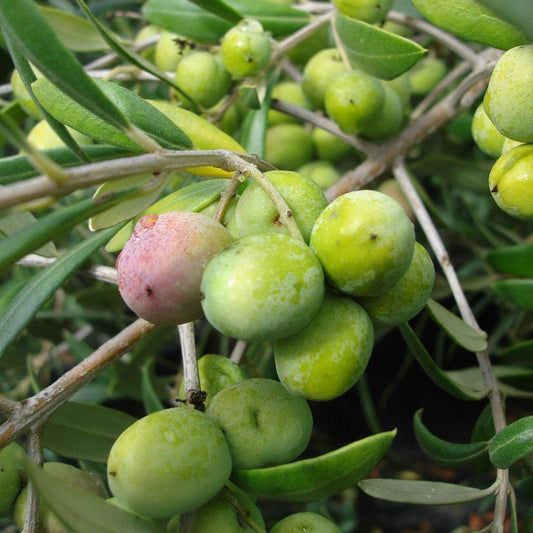

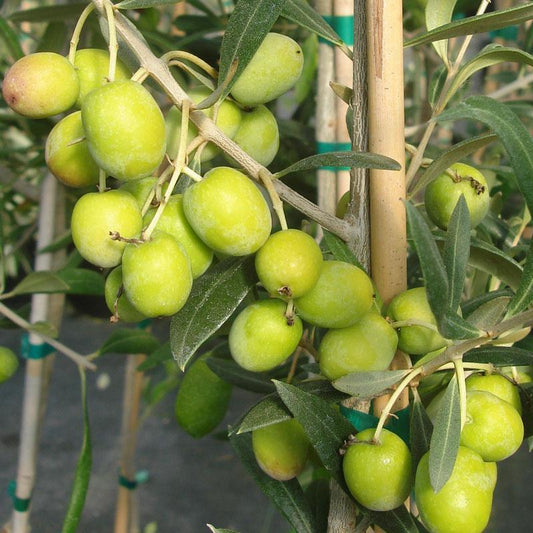

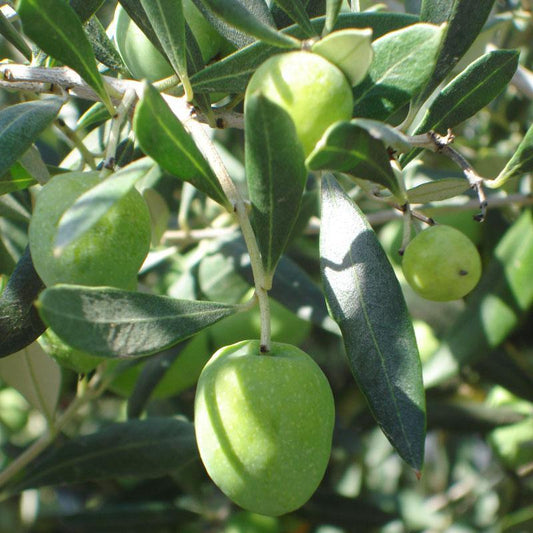
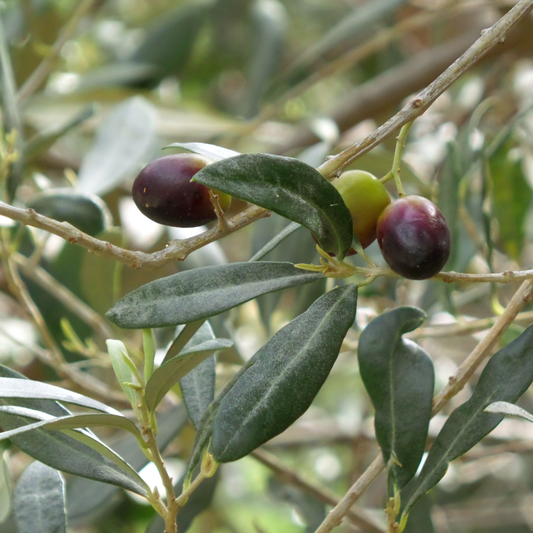
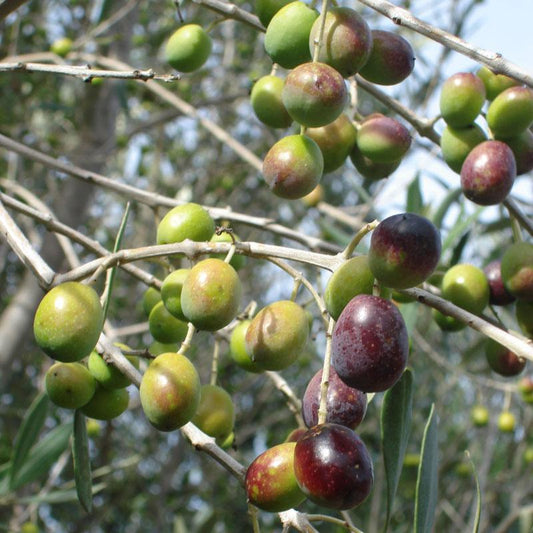

28 comments
I have a small 3-year-old olive tree in a container in my patio area, something has been eating the leaves summer and this winter. I am in Ga. zone 7. What would be eating my leaves and what can I use that is not chemical?
Terry, I would wait to plant it outside when it has warmed up a bit. Unless you get one locally that has been acclimated to the cold weather. It might be quite a shock putting in a tree that has been kept indoors. Our trees are probably not as big as you want, they are about two feet and pencil size caliper.
I am in North Central Texas, zone 7, and I want to plant an Arbequina olive tree. I want to get one that is already 2-3 ft tall, when would be the best time to plant it outdoors?
Thanks!
This is my first winter with an olive tree.(potted) It flourished outside all summer and fall but its been dropping leaves all winter inside no matter what I do. It barely has any healthy leaves remaining. Its in a room with plenty of sunlight. Is it normal to drop leaves? The tiny branches that are now bare are also brittle like tbey are dead. Any tips for me? I’m afraid it won’t last another month.
I have an olive I have been growing for several years in a pot in Zone 7a. I bring it inside in a greenhouse-type area beneath my deck for each winter. I would like to plant it out on a south facing protected wall and was thinking I could build a temporary hoophouse-like structure on the wall that I could take down each spring. Would that possibly work? I think it would stay warm enough but would it get too hot on warm days? I do protect a fig in this same area each year but it is wrapped and insulated top to bottom with leaves. I can’t do that with an olive can I – because that would be easiest? Any thoughts